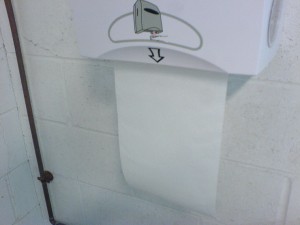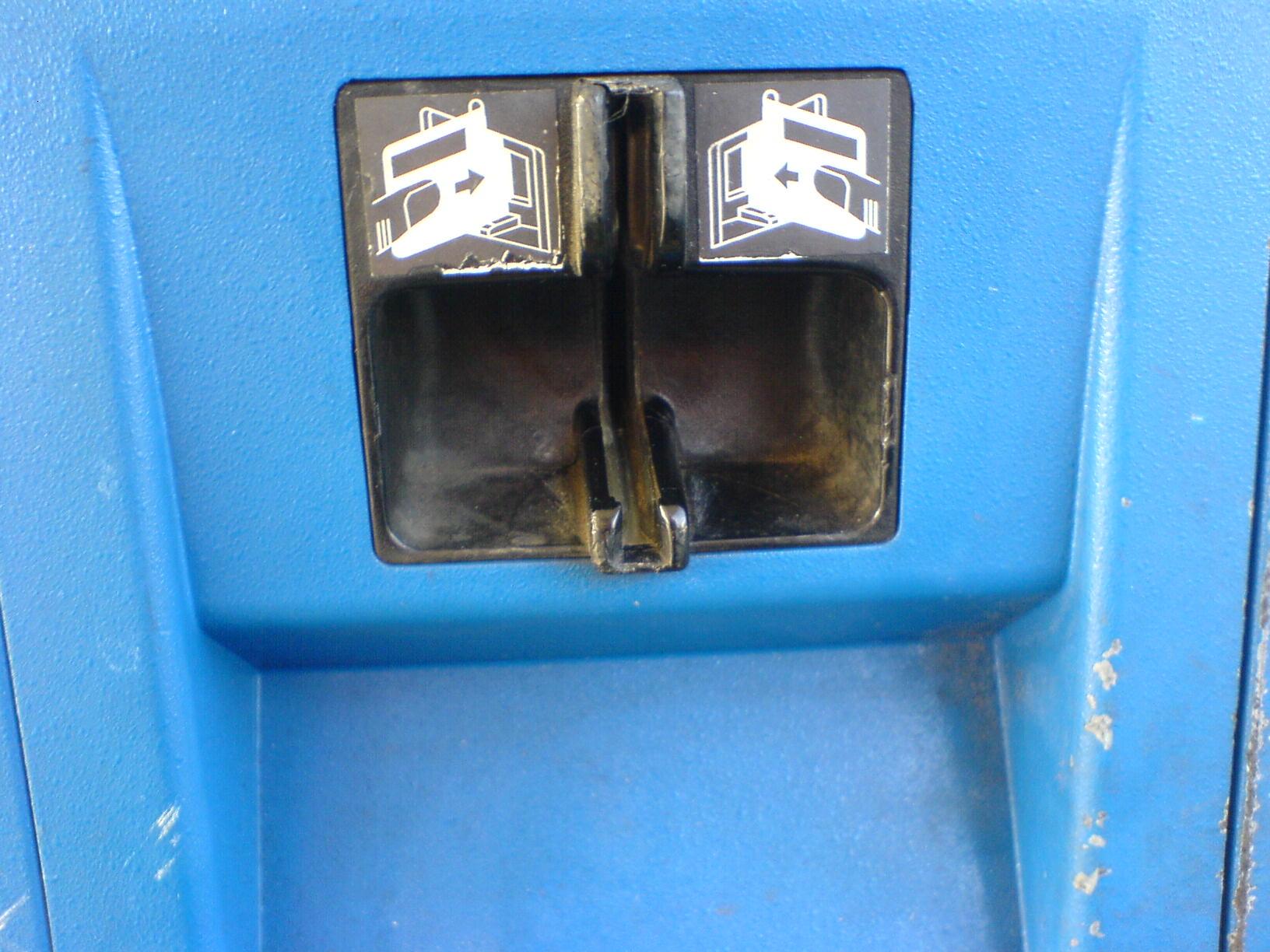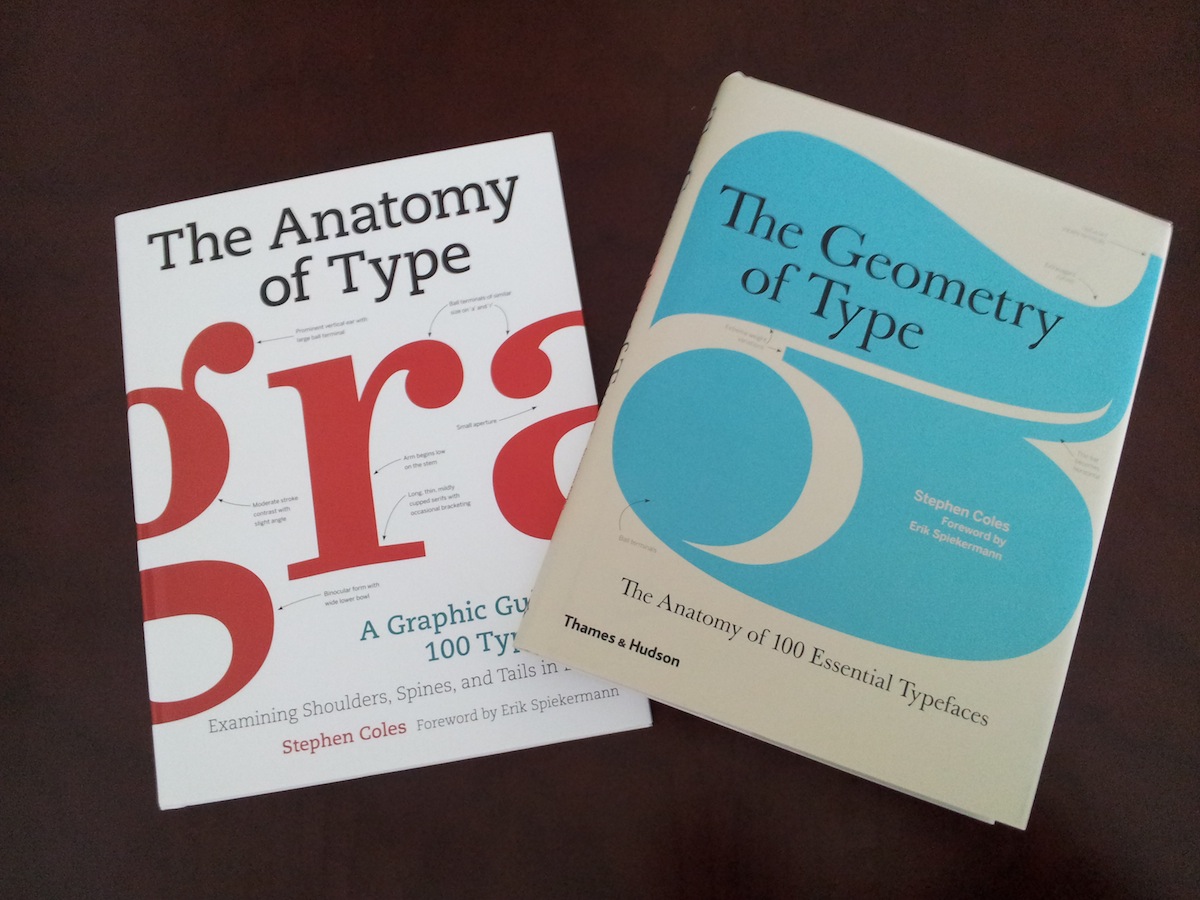Public and private restrooms are fascinating environments – for designers, we mean. Small spaces, repetitive actions, coded social interactions, and basic emotions, such as disgust, provide a set of tight constraints. Objects are few and basic and innovation is hard. This is the first post in a series that tackles the design of restrooms. A book could be written on them. (Hold on, more to come in future posts.)
A major hygienic concern is related to the management of touch – contamination mostly goes by contact. Once you have washed your hands, you understandably do not want to touch handles and buttons. The only viable solution is a definitive solution: getting rid of handles and buttons. Experiments are not always successful. This paper towel dispenser uses a photoelectric cell to trigger the delivery of paper. Unfortunately the cell is so positioned that the towel, left to itself, gently dancing in air, may trigger the mechanism. The result is an endless flow of paper. There is, undoubtedly, a poetic side to this, and we may end up contemplating a dada machine in dialogue with itself.





